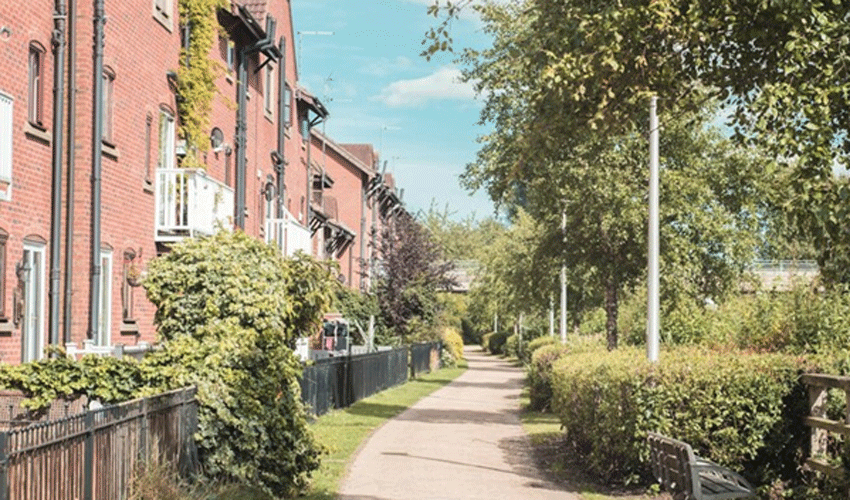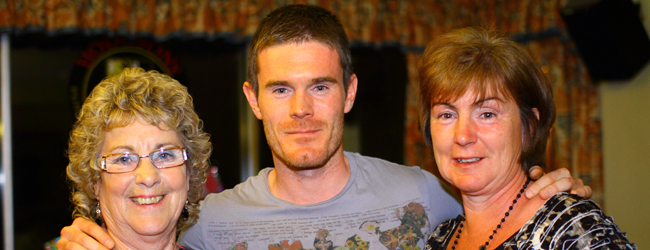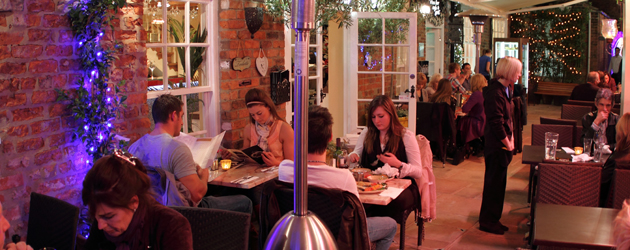
For hundreds of years, the Spanish contended that the barbaric ritual of the bullfight was an important part of their heritage; a visceral manifestation of the Spanish way of life that was as important to national identity and pride as sumo is in Japan. Frequently, bullfighter supporters stated that there was no interest in saving animals, only in preserving an important aspect of their culture.
It proved an emotive bargaining tool for those in Spain who argued that organisations seeking a ban were attacking their country’s heritage, rather than an outdated, bloodthirsty and immensely cruel ‘sporting’ occasion. Poignant words were frequently used to elicit nationalistic outcry, ranging from indignation at such attacks on the social identity and heritage of a country, to flimsy arguments which attested that the bull somehow had a better life and a degree of nobility: chiefly, as it is slaughtered in the arena in a wholly unfair and one-sided ‘fight’ for thousands to witness.
For many years, these arguments provided a rallying call against the work of societies such as the League Against Cruel Sports. It is organisations like this, that have direct experience of how to save animals from brutal treatment, that campaign to end the ritualistic slaughter of tens of thousands of bulls each year.
In one corner of Spain, the autonomous region of Catalonia seemed to hear that call, rather than listen to the empty rhetoric of the pro-bull fighting lobbyists. Sensing a change of mood, the Government of the region decided to listen to their people about the matter.
Over 180,000 Catalans had signed a petition asking for their government to abolish bullfighting from this historic and important corner of Spain. The Catalan Government took the important step of abolishing it on the grounds of the cruelty inflicted upon the bull.
To the uninitiated this may seem paradoxical; a bullfight seems a somewhat fair fight. The matador must show seemingly unerring bravery and skill to defeat the massive bull, fending off deadly horns at each turn.
The reality, as the League Against Cruel Sports have shown through their extensive research, is quite different. Frequently, bulls are drugged before fights so their reactions are dulled, Vaseline is rubbed into the eyes of the animal to cut down its vision and their majestic horns are shaved down to make them immensely more sensitive and therefore painful for the animal.
The disorientated, half-blind and pained animal is then further weakened by repeated attacks from men on horseback, who assault it with lances and harpoons. The matador then allows the exhausted bull a few charges as it fights for life, frequently weakening the animal by spearing it with coloured darts. Finally, as the animal fights for its final few breaths, he attempts to kill the bull by severing its spinal column with a sword.
Even then, the agony for the animal may not be over. Matadors frequently fail to kill the bull, which lives on for a few agonising seconds before its ears and tail are cut off and kept as macabre trophies.
It is only through active campaigning (often backed by celebrities such as Ricky Gervais who backed the League Against Cruel Sports’ campaign to end bullfighting), continued monthly animal donation from concerned animal lovers and extensive lobbying that the League Against Cruel Sports can change public opinion.
Despite Catalonia banning the sport, unfortunately, the barbaric practice continues in other parts of the world. Other areas of Spain, Portugal, France, Colombia, Mexico, Venezuela, Peru, Guatemala and even the United States, offer ‘entertainment’ where bulls are savagely killed for nothing more than human pleasure.
It is precisely because of this that it is vitally important the public continue to support the League Against Cruel Sports’ campaign for a worldwide ban on bullfighting. If one important corner of Spain can change its view, then there is perhaps hope, that other parts of the world will eventually do so too.
Bullfight in Bogotá, 6 February 2005. Taken by me.













The problem is that human nature is attracted to a spectacle of cruelty: boxing and the X Factor for example. We would not be allowed to have a bull ring on the Market Place but I think that I have come up with a solution. The ERYC, Town Council and Tourist Office should get together and organize the market into an arena with seating all around and boxes for the good and mighty, this once-a-year event should be widely advertised and occur on the evening of Lady’s Day Race Meeting. There is no spectacle more amusing (though cruel) than watching a woman toffed up to the gills tottering into the area and, because of her over-high heels slipping on the cobbles and falling on her ar*e! The appearance of the ‘ladies’ would afford entertainment enough but, with a bit of ingenuity, could be improved such as: spraying the Market area with oil or organising a G & T contest, the first to walk or run the width of the market with a glass of G & T balanced on two bodily protuberances the winner. For a finale they could have a parade of ladies each with a kebab in one hand and a pair of shoes in the other and judge who used the most colourful expletives when their hat was knocked off!
Golden entertainment and no bull.
?
Read The Sun Also Rises by Hemingway. Culture and morality are very different here
Scott, when you say “here” do you mean ‘here in Beverley’ or are you somewhere else? The culture and morality of Beverley are personified by ‘Ladies Day’.